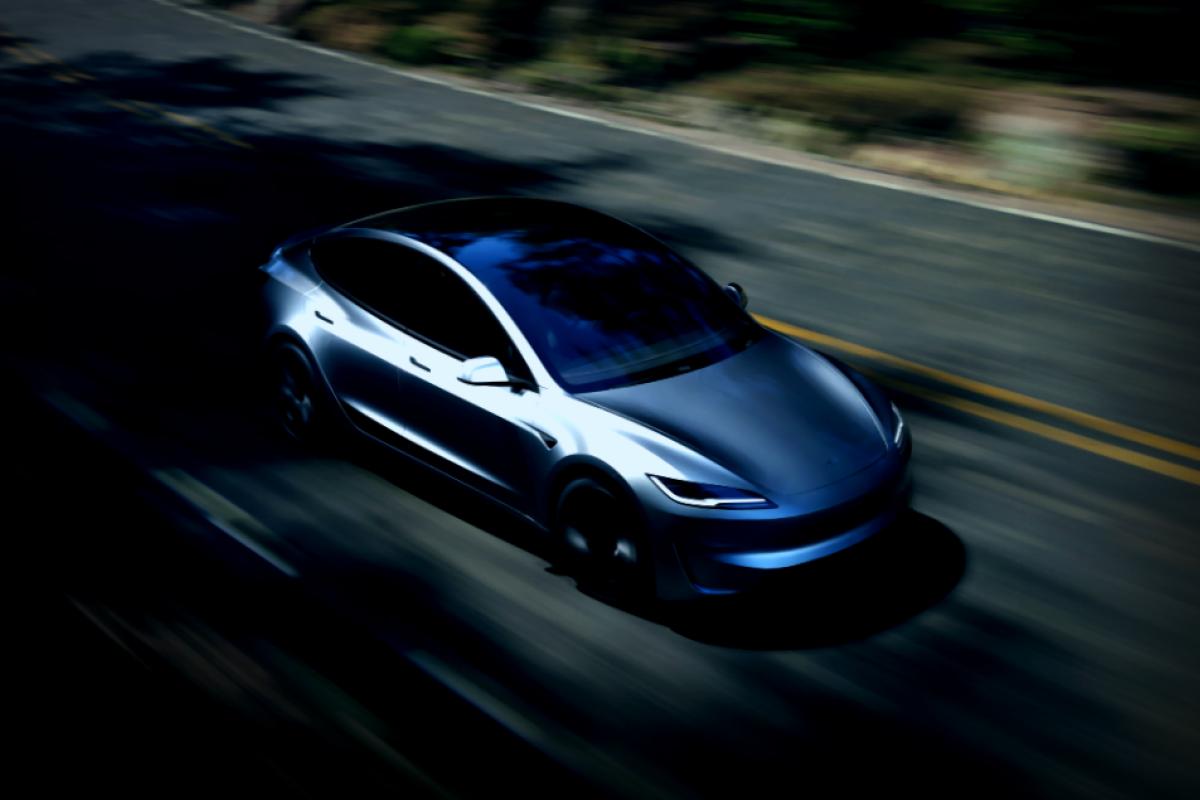Electric Sedans Go Head-to-Head
The compact luxury sedan segment has dramatically transformed by 2025. Traditional gas-guzzlers like the BMW 3 Series and Audi A4 still exist but electric vehicles are now the main contenders. Among these, the BMW i4 and Tesla Model 3 stand out, both making waves in the EV market.
These two contenders fit similar price brackets and sizes while offering impressive range and cutting-edge tech. However, there’s a stark contrast in their approaches: the i4 basks in BMW’s legacy of sophistication, whereas the Model 3 leans towards pace, efficiency, and a hassle-free charging experience. So, if you’re torn between these electric rides, here are some crucial differences to consider.
1. Price Difference and Value
Pricing reveals an obvious gap between these two models. The base model of the BMW i4, known as eDrive35, starts around $53,975, and if you opt for the fancy M50 version, you could push that price above $60,000. On the flip side, the Tesla Model 3 kicks off at about $44,130, and due to a $7,500 tax break for buyers, many snag it for under $37,000!
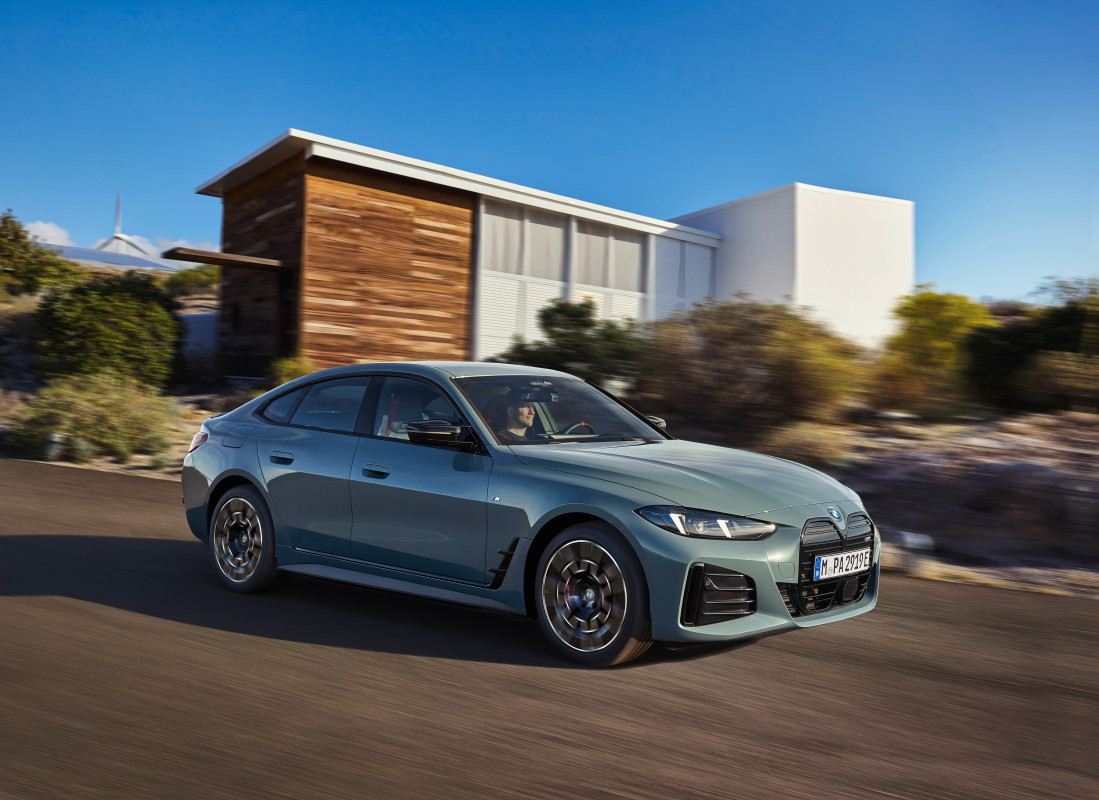
This pricing difference makes the Model 3 appealing for budget-conscious shoppers who still desire impressive range and performance. In contrast, the i4 targets folks looking for a luxurious sports sedan vibe, complete with upscale finishes that ratchet up the price.
2. Power and Performance
Buckle up, because both vehicles deliver thrilling rides but do it their own ways. The BMW i4 M50 cranks out a whopping 536 horsepower, boasting an edge on paper compared to Tesla’s Model 3 Performance, which stands at around 510 horsepower. The kicker? Tesla’s Performance model zips to 60 mph in a blistering 2.9 seconds, while the i4 M50 lags a bit at 3.7 seconds.
So yes, the BMW has more horsepower, but it’s not the fastest off the line. If raw speed and exhilarating torque are your jam, you might find Tesla to be the better fit. On the flip side, if you’re all about power blended with BMW’s legendary handling, then the i4 could reel you in.
3. Range and Efficiency
When it comes to range and charging capabilities, both aspects are vital for new EV drivers. The BMW i4, in its most economical eDrive40 version, provides around 318 miles on a single charge, a decent figure but still not on par with Tesla’s Long Range Model 3, rated at roughly 363 miles.
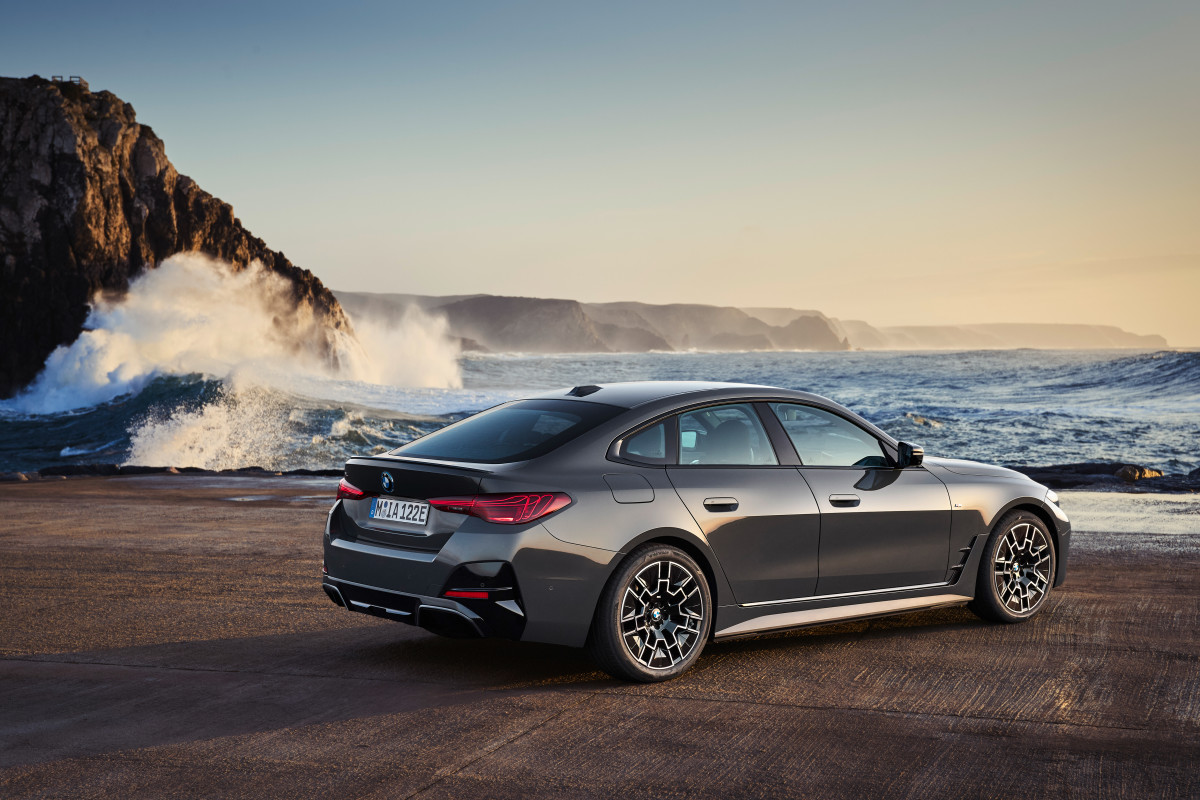
On efficiency, Tesla reigns supreme featuring ratings of 145 MPGe in urban settings and 128 MPGe on highways; the i4 offers 117 MPGe in the city and 114 MPGe on the highway. Plus, Tesla’s extensive Supercharger network enables speedy recharges, perhaps adding nearly 200 miles in just a quarter of an hour. The BMW i4 can charge at impressive rates, but doesn’t quite measure up in accessibility and overall speed.
4. Interior Comfort and Customization
BMW stakes a solid claim on luxury with the i4’s interior—a paradise of options with nine upholstery selections, including sophisticated shades like Tacora Red and Canberra Beige. There’s a stunning curved display housing a 12.3-inch gauge screen alongside a 14.9-inch central touch interface. Features like multi-zone climate control, ambient lighting, and the option for a premium Harman Kardon sound system pull you into a true luxury vibe.
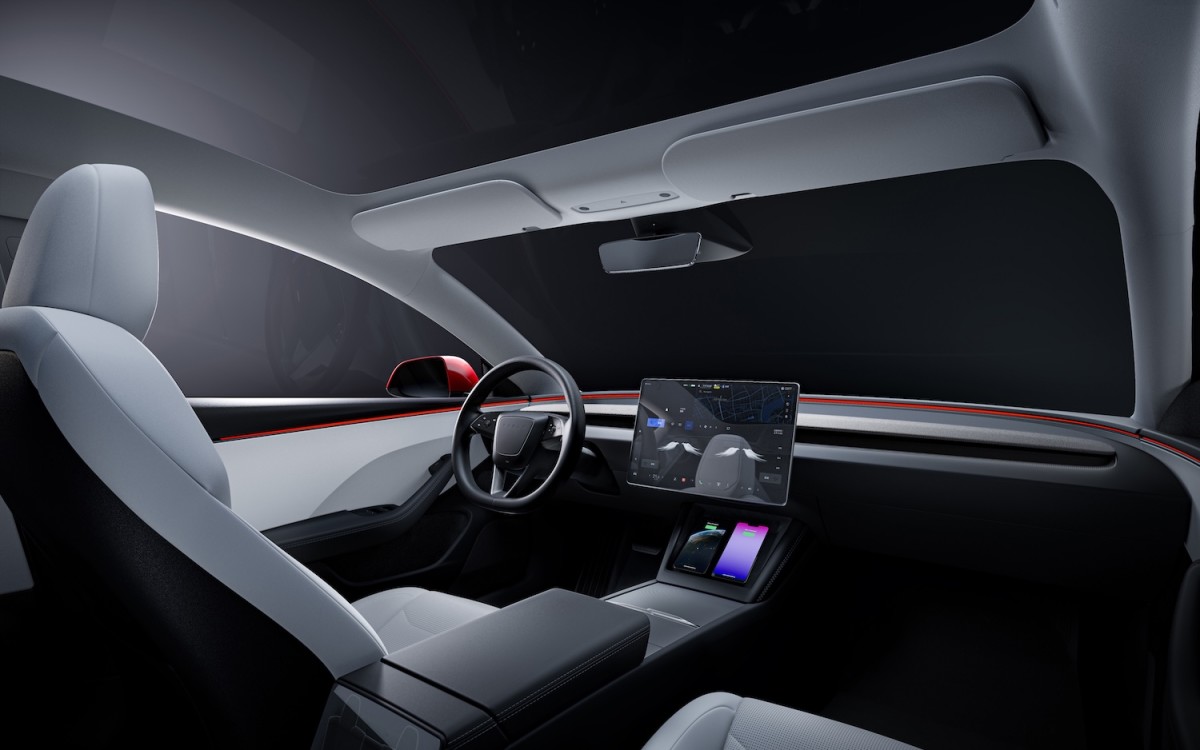
Check out the images from this gallery on the original article
Tesla takes a starkly different approach, championing minimalism. The Model 3 boasts a tidy, straightforward interior highlighted by one predominant 15.4-inch central screen. However, limited upholstery choices (basically just black or white) and notable exclusions like Apple CarPlay and Android Auto draw some criticism, specifically since nearly all rival EVs come fitted with such standard features. Plus, many reviewers argue that the i4’s interior provides better noise insulation and refinement for a smoother ride on those long hauls.
5. Practicality and Storage Space
In terms of everyday usability, Tesla takes the lead. The Model 3 offers around 24 cubic feet of cargo space between its trunk and the handy front trunk. In comparison, the BMW i4 only allows for about 16.6 cubic feet without a front trunk, limiting flexibility. The cabin of the i4 also reflects its roots as a gas vehicle, featuring a central tunnel that diminishes legroom for rear middle passengers. Whereas the Model 3 benefits from a flat floor allowing for advantageous passenger space.

Look at the original gallery images on the original article
Charging access highlights another disparity, with Tesla owners enjoying seamless access to their Supercharger network, which is now expanding for non-Tesla vehicles but still offers the quickest experience for their drivers. On the other hand, BMW provides i4 buyers entry to various charging platforms like Electrify America and Shell Recharge but doesn’t achieve Tesla’s ease of use.
Wrapping Up
The 2025 BMW i4 alongside the Tesla Model 3 both reside in the electric sedan realm, yet target different drivers. The i4 shines with its focus on opulence, personalization, and a driving spirit that’s quintessentially BMW. Meanwhile, it is more expensive and may lag in practicality.
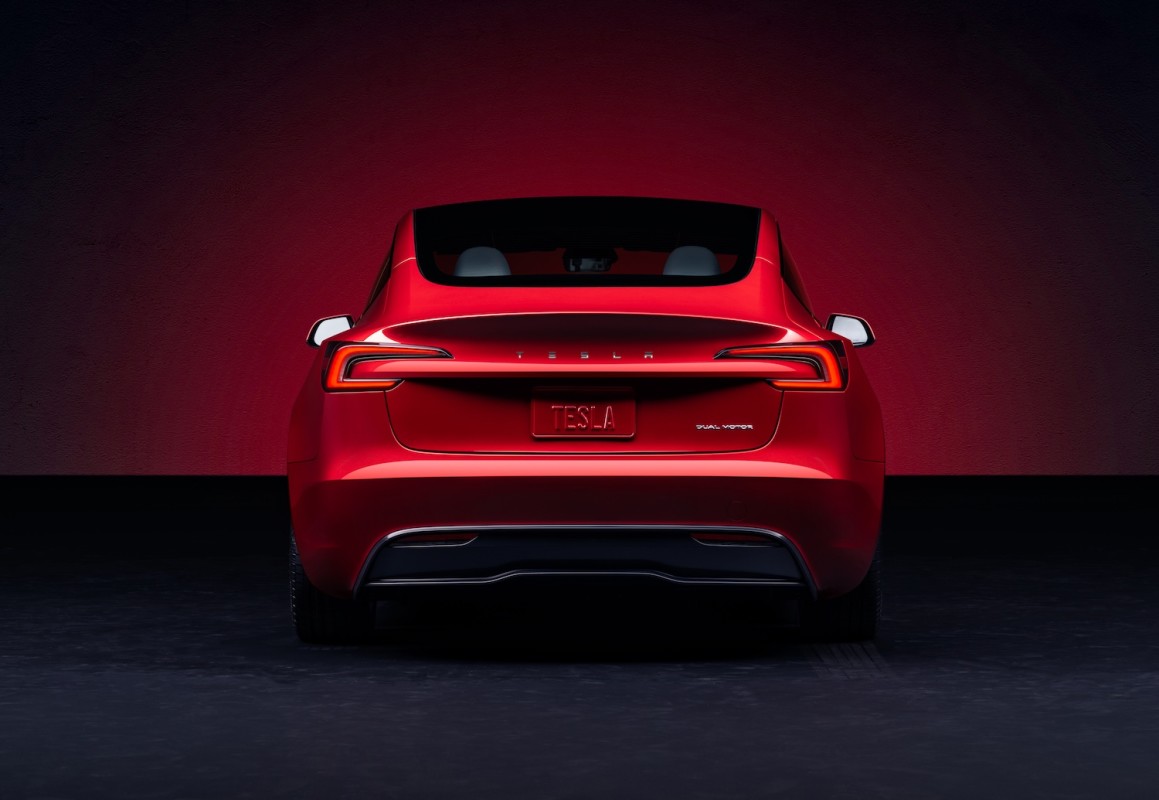
Conversely, the Tesla Model 3 keeps leading with superior efficiency, extended range, quicker acceleration, and easier charging setups—all starting at a lower price point. All of this makes it the go-to for those who value convenience and cost over luxury.
Ultimately, your choice comes down to what you prioritize. If you’re seeking a top-notch European vehicle packed with opulent materials, the BMW i4 will appeal to you. But for those chasing maximum range, exhilarating speed, and affordability, Tesla’s Model 3 is tough to top as of 2025.





